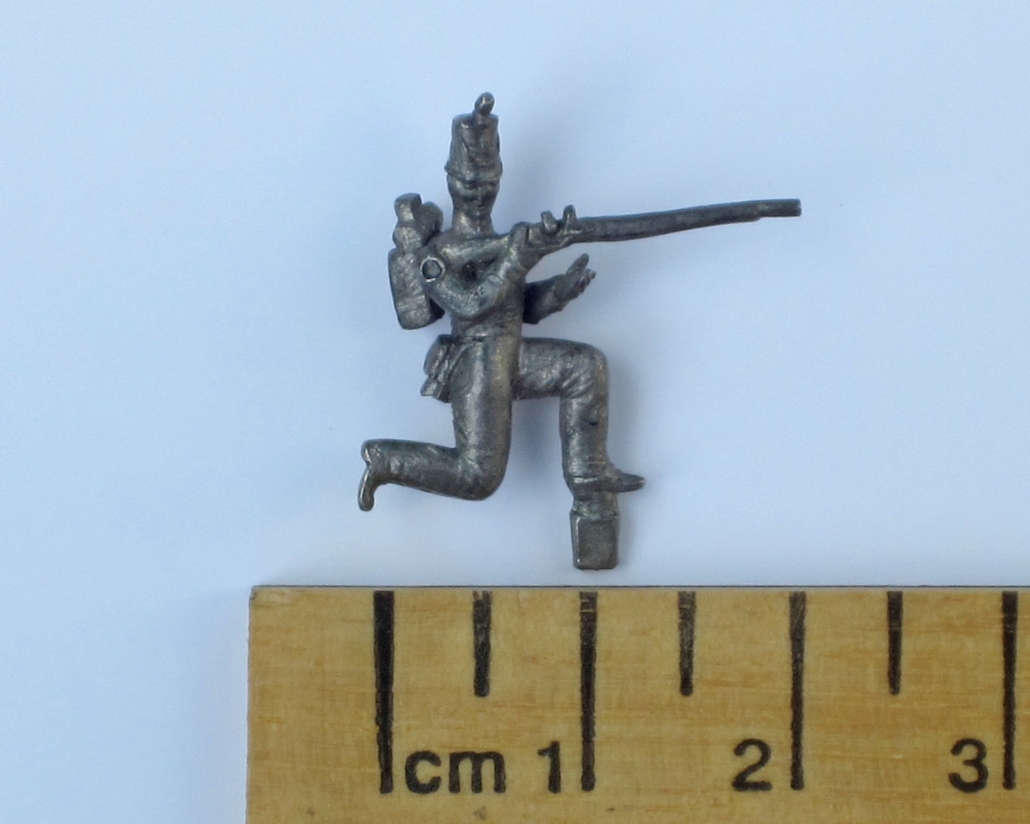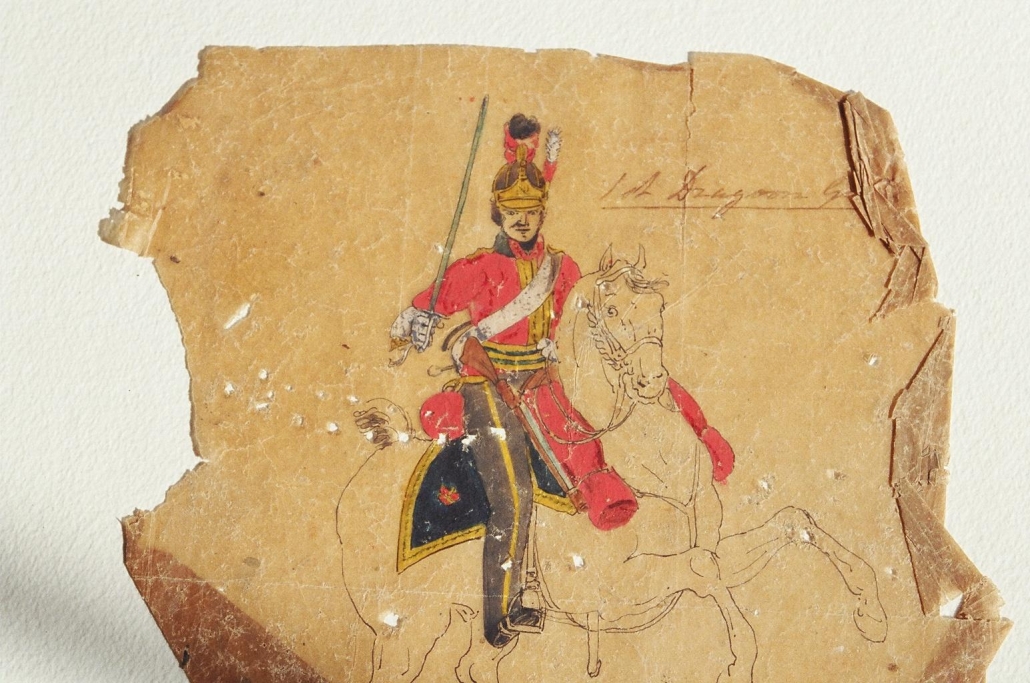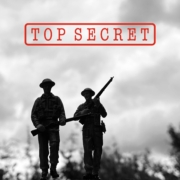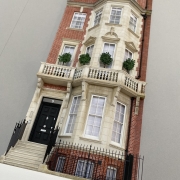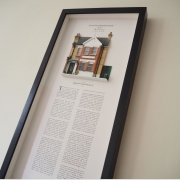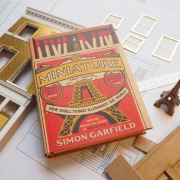A Small Battle
It’s interesting to wonder just how you arrive at your career. Could it be in the genes? I have always known the story my ancestor William Siborne who, in the 1830s set to work on a massive model of the Battle of Waterloo. This rather eccentric project became a lifetime obsession and unfortunately, the undoing of his promising career.
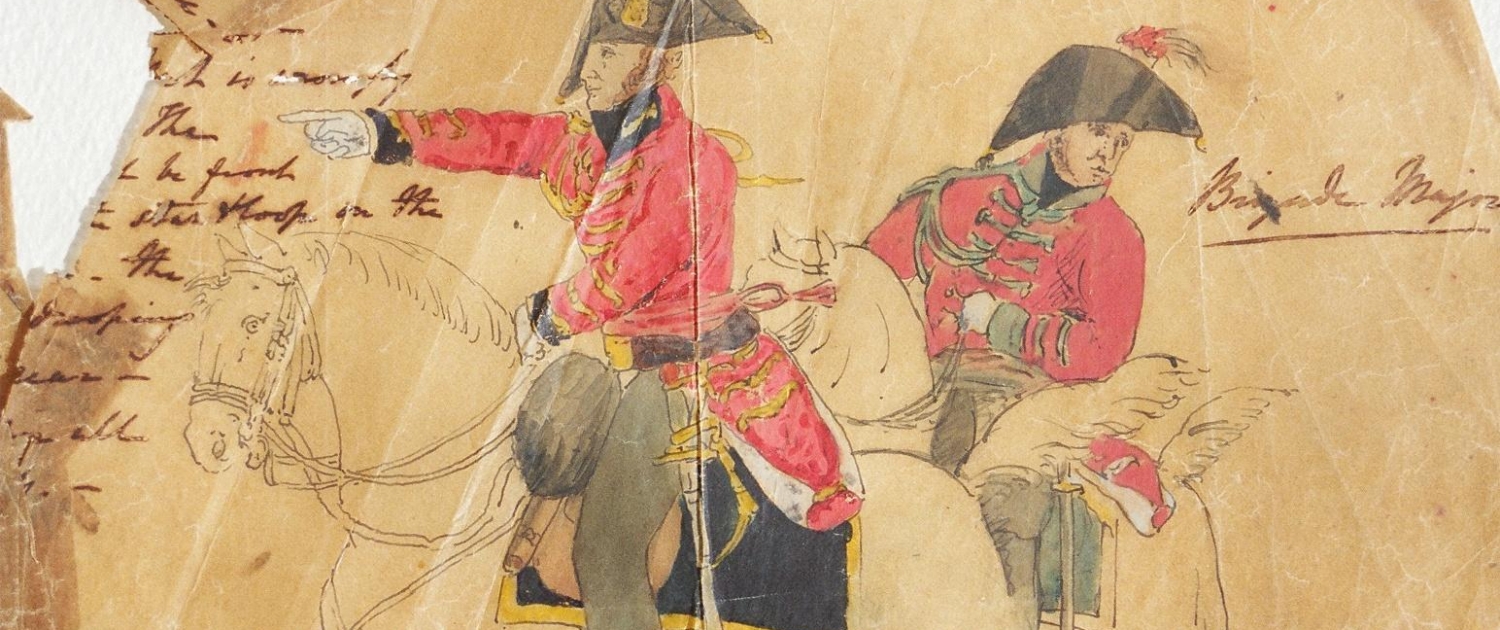
William Siborne was a truly unusual man. His meticulous eye for detail was his greatest strength and also his undoing. The son of an officer in the 9th Foot, he was one of the first generation of gentleman cadets to graduate from Sandhurst where he was trained in mathematics and military drawing.
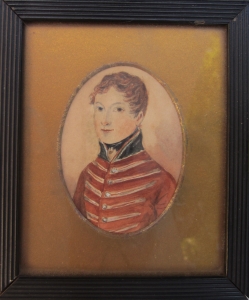
Fifteen years after the Battle of Waterloo and at the request of Lord Hill, Siborne was commissioned to produce the first accurately surveyed map of the battlefield, and then a huge model to illustrate the action of the battle itself.
The aim of the commission was not simply to flatter the Duke of Wellington, but to produce a fitting memorial to those who gave their lives in his service, but in its inception Lord Hill could have had no idea how his choice of William Siborne would have such disastrous consequences.
Siborne was no rebel, far from it. His one aim was to excel as a pillar of the military establishment. It was precisely this zeal that simultaneously made him a genius and an outcast. He decided that rather than consulting the main source of reference – the famous Waterloo Despatch, penned by the Duke of Wellington on the evening after the battle, he would gain his information first hand. He asked as many soldiers as he could to fill in a questionnaire requesting their precise whereabouts and activity at what he termed “the crisis of the battle”, at 7pm. His approach to historical research caused outrage amongst the senior officers of the day.
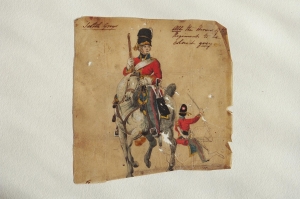
Wellington himself would not be publicly drawn until years later, but it is clear from existing memoranda that his inner circle were out to discredit the project. Their particular objections lay in the presence of the Prussian Army on Siborne’s model at the moment of the “crisis”. Fate was also no friend to Siborne as a change in government led to funding for the project being withdrawn. Despite numerous petitions over several years Siborne received no further payment. Tragically it also transpired that the agreement by Lord Hill to commission the project was never given in writing. Siborne was on Captain’s pay of about £300 per year. He claimed to have spent between £3,000 and £4,000 on his model. A sum he was never to recover. Siborne died at the age of 51, exhausted by this struggle to be recognised as a credible historian whilst fulfilling his duties as a full time army officer. I hope that my work continues to be rather more successful than that of the unfortunate but remarkable Captain Siborne.
